The robust recovery of Queen Bess Island, a speck along the Louisiana coast, serves as a testament to the power of restoration efforts and the resiliency of nature. This tiny island, teeming with life, is a sanctuary for the brown pelican, whose nesting grounds have significantly benefited from major restoration initiatives.

rebirth of a nesting ground at queen bess
The chemical pesticide DDT decimated pelican populations in the mid-20th century. The brown pelican, the Louisiana state bird, had completely disappeared from Louisiana. Starting in 1968, pre-fledgling pelicans were transplanted from Florida to several Louisiana islands, including Queen Bess. As Robert Dobbs, an ornithologist with the Louisiana Department of Wildlife and Fisheries, recounts, “This was the first site where that reintroduction effort was successful. The first nests in Louisiana after the reintroduction effort occurred here.”
Queen bess pelicans featured on tv
brown pelicans and more
Remarkably, Queen Bess, spanning a mere 37 acres, supports an impressive variety of seabirds. Dobbs elaborates on the versatile nesting habits of these winged inhabitants: “Pelicans, in many cases, nest in shrubs,” Dobbs says. “That’s where they nested out here prior to the restoration.” Pelican nests, constructed of small twigs, each contain 2 to 3 white eggs. The pelican nests fill the island’s shrubbery and the ground vegetation. The island is also home to several other species of seabirds. The laughing gulls, with their green-brown spotted eggs, nest on the grasses. A combination of both royal and sandwich terns nest in the bare sandy soil near the shoreline.
images of queen bess
restoration and resilience on queen bess
Unfortunately, Queen Bess Island has not been immune to environmental catastrophes. Impacted heavily by the 2010 Deepwater Horizon Oil spill and devastating hurricanes, including category four Ida in 2021, the island received substantial restoration work.
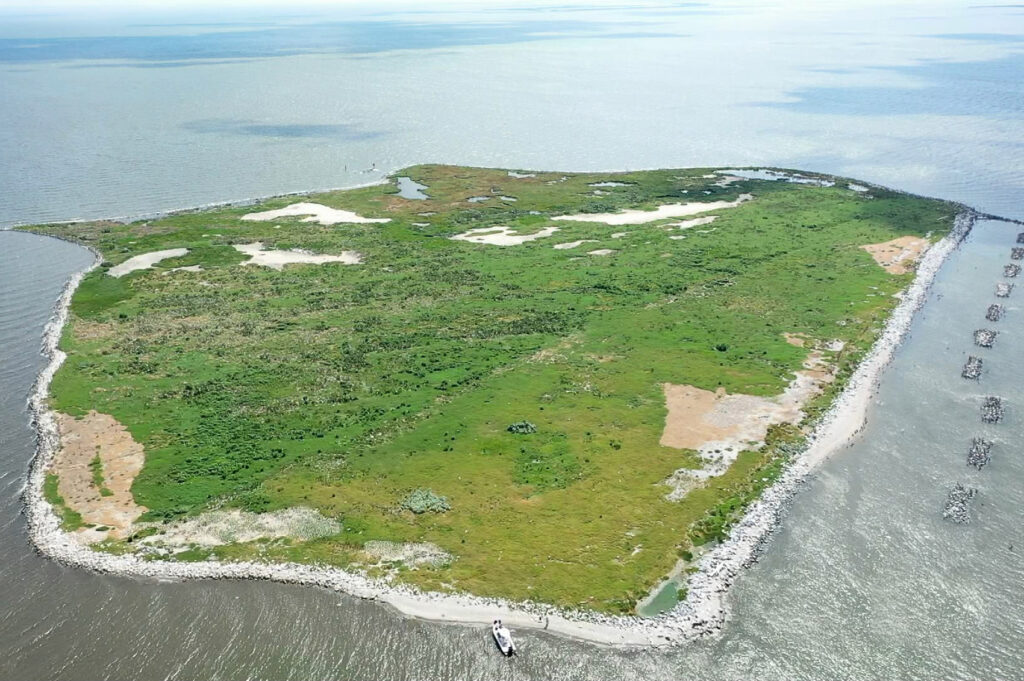
Katie Freer-Leonards, a project manager with Louisiana’s Coastal Protection and Restoration Authority, outlines the rehabilitation efforts. Rocks were added to the shoreline around the island. “We raised the elevation by as much as four feet above sea level in the highest part,” Freer-Leonards said. Impressed by the island’s resilience, she marvels, “I just kept shaking my head and being in awe of the variety of vegetation that we have that’s really starting to look thick and rich, and we’re seeing brown pelicans nesting throughout the whole island.”
watch pelicans soar over the island
nesting area off limits to visitors
Queen Bess Island is a Louisiana State Wildlife Refuge. State regulations forbid island access during the birds’ nesting season from February 1 to September 30.
turtles share ground with nesting birds
location of queen bess island near grand isle, la
Grand Isle, LA

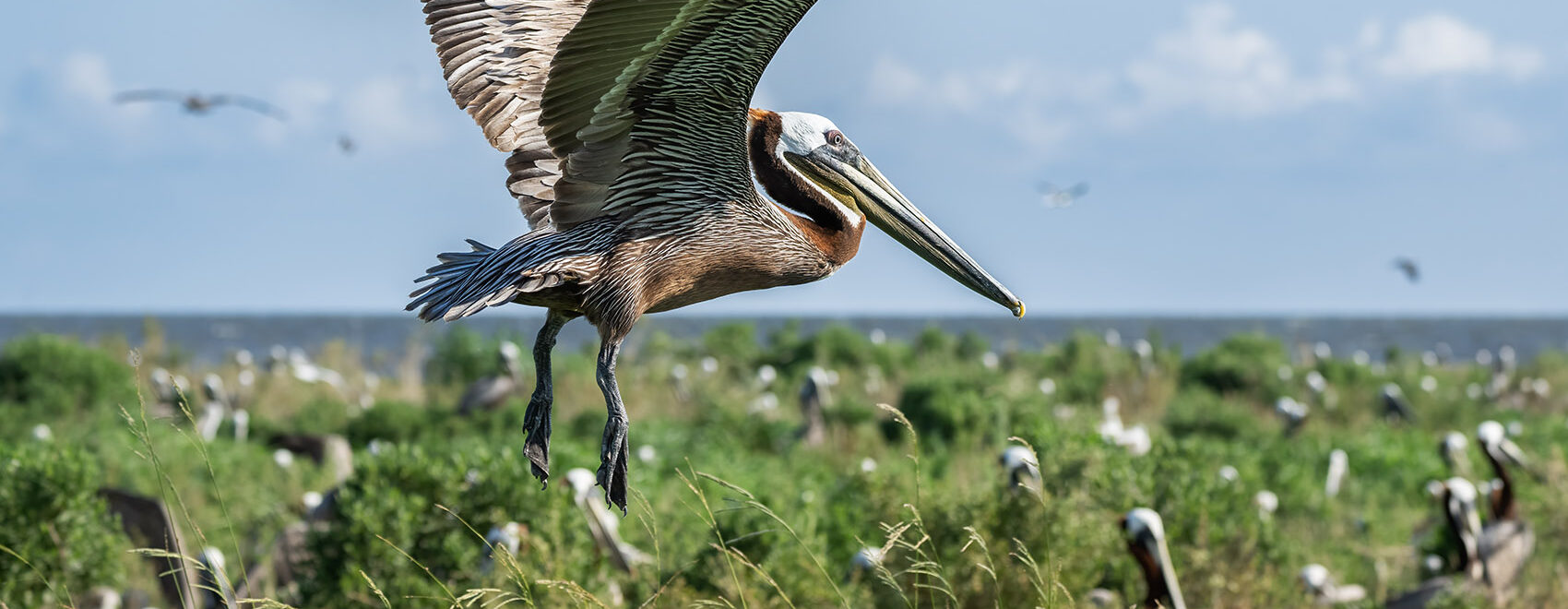
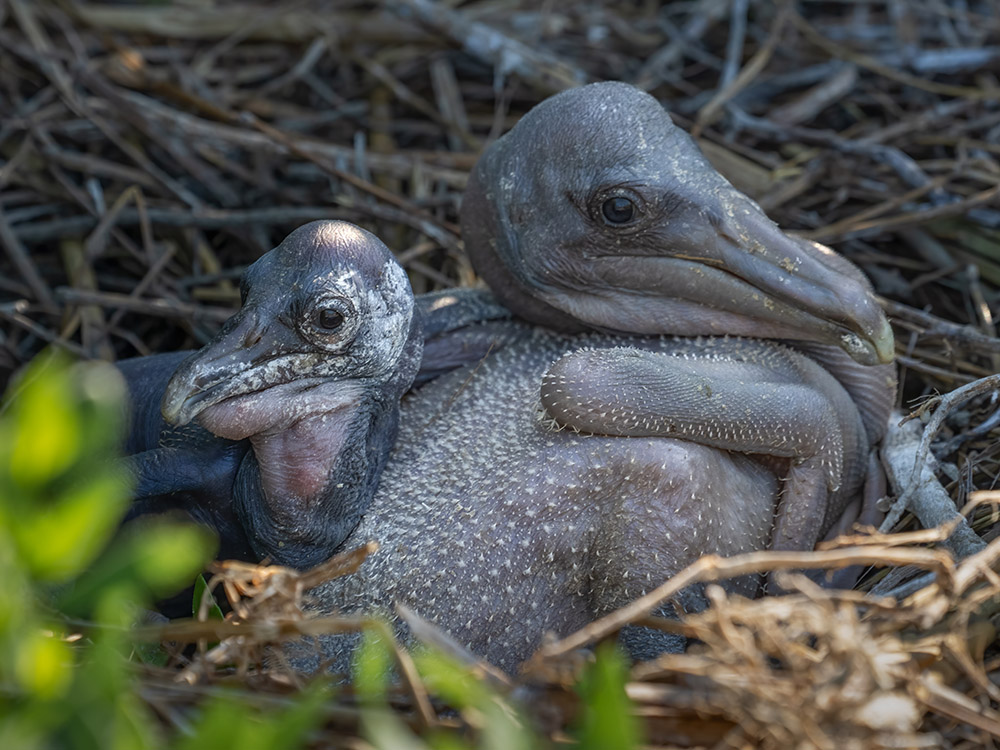
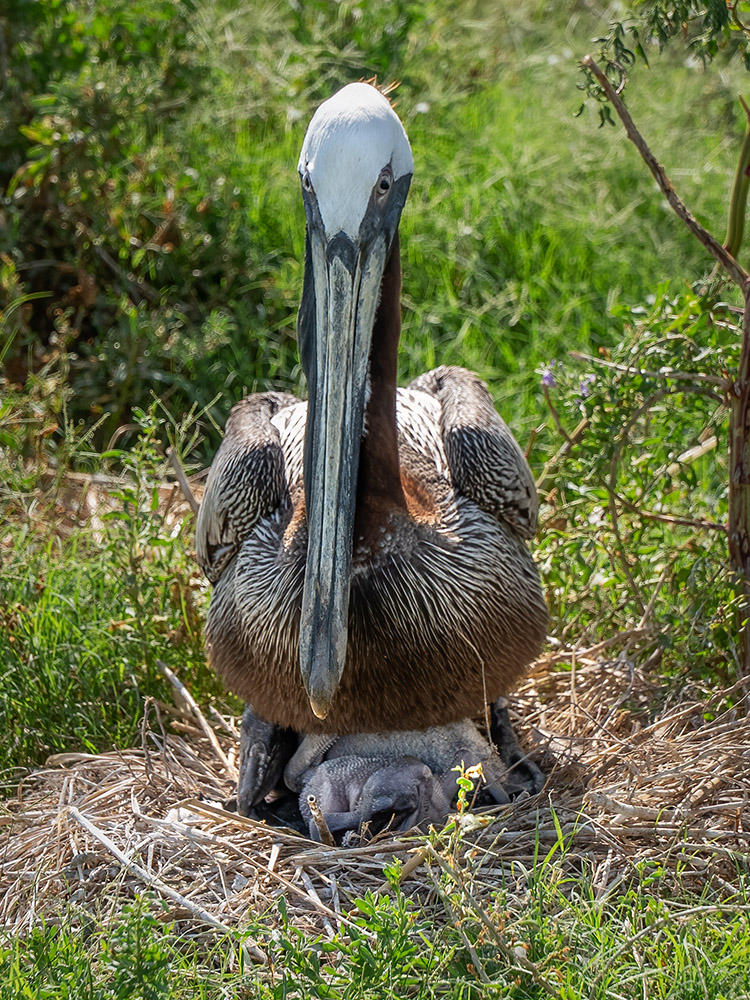
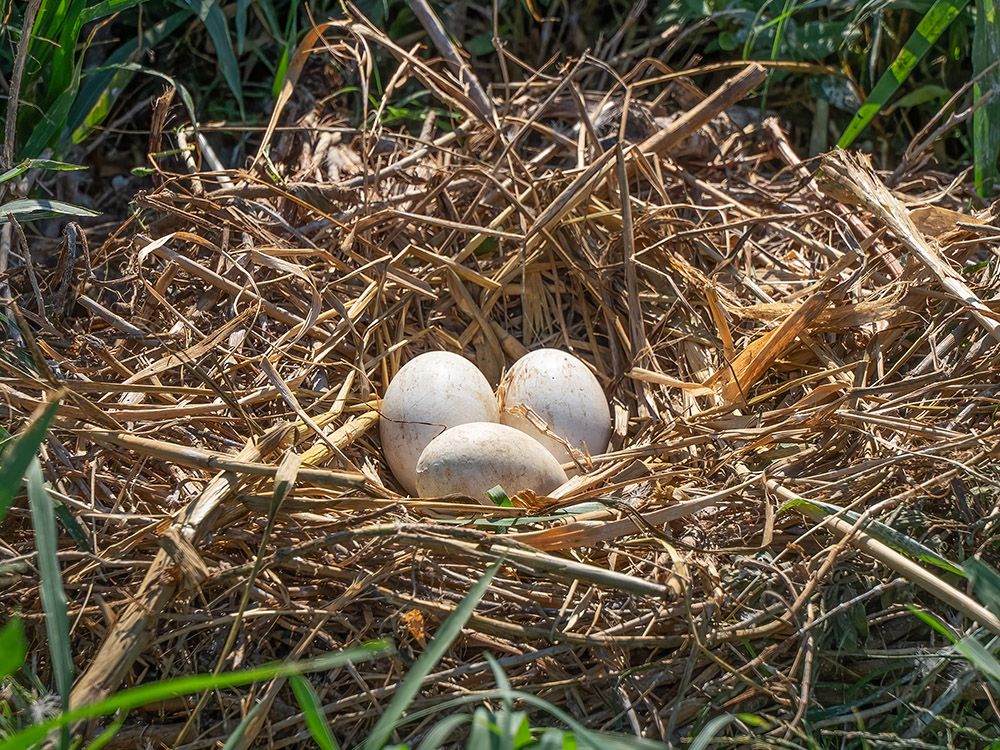
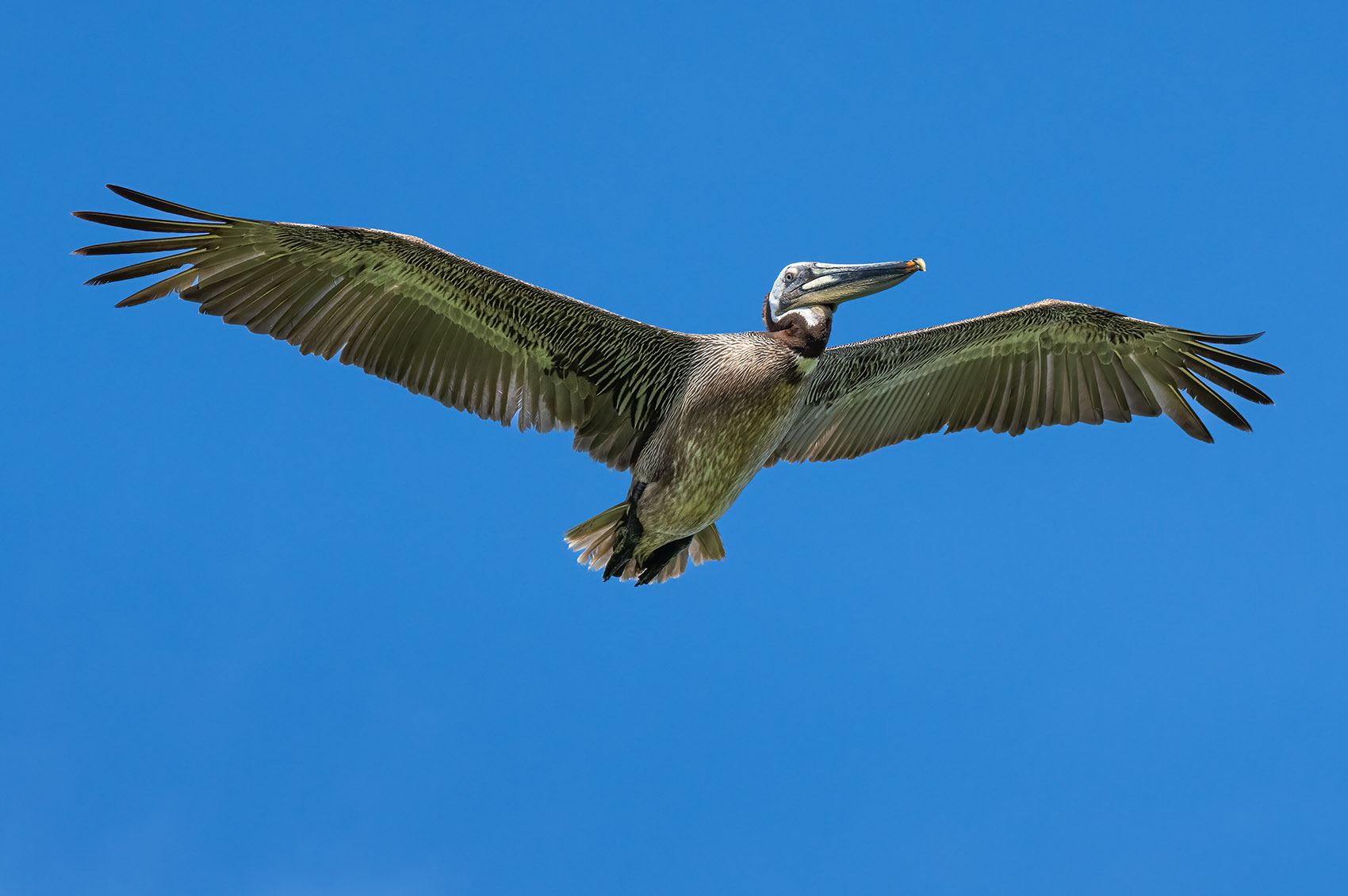
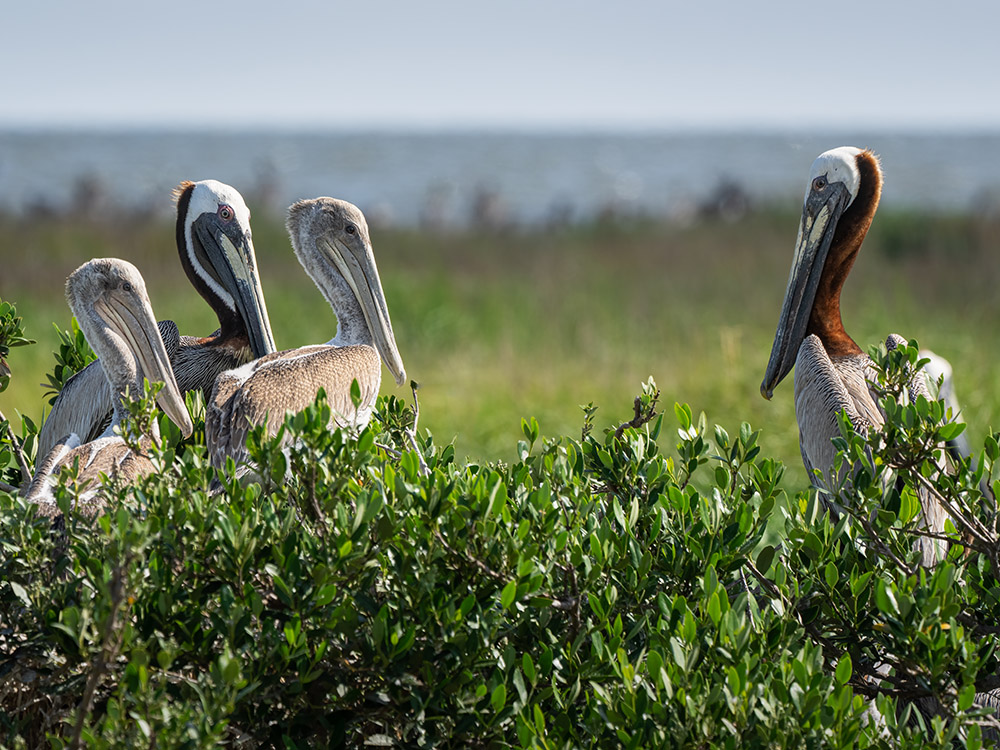
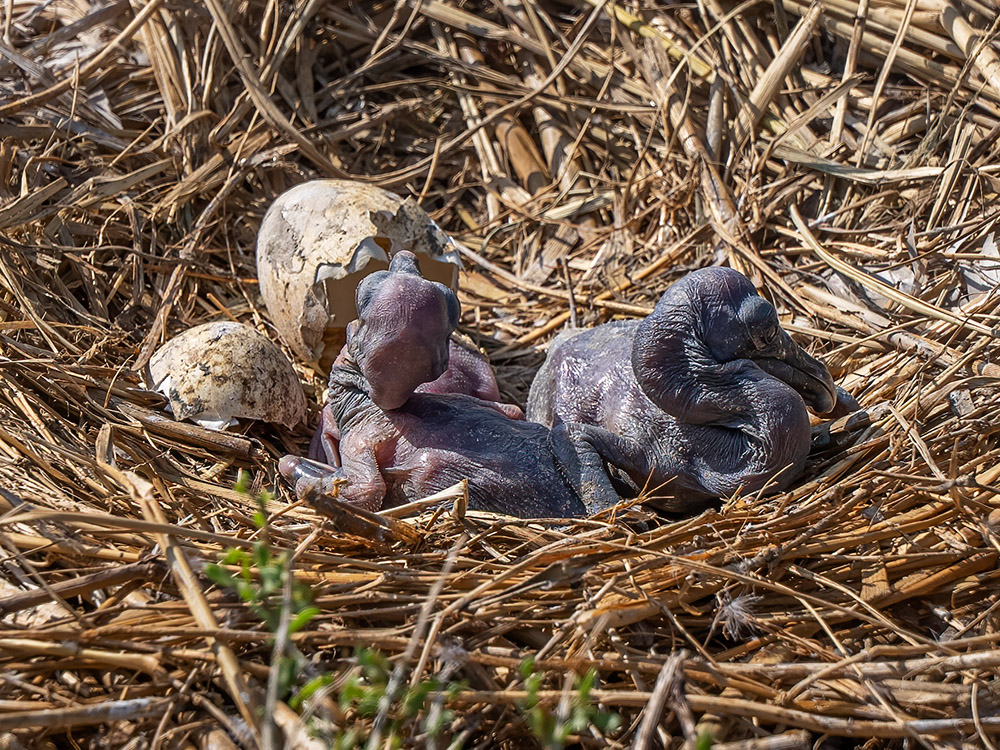
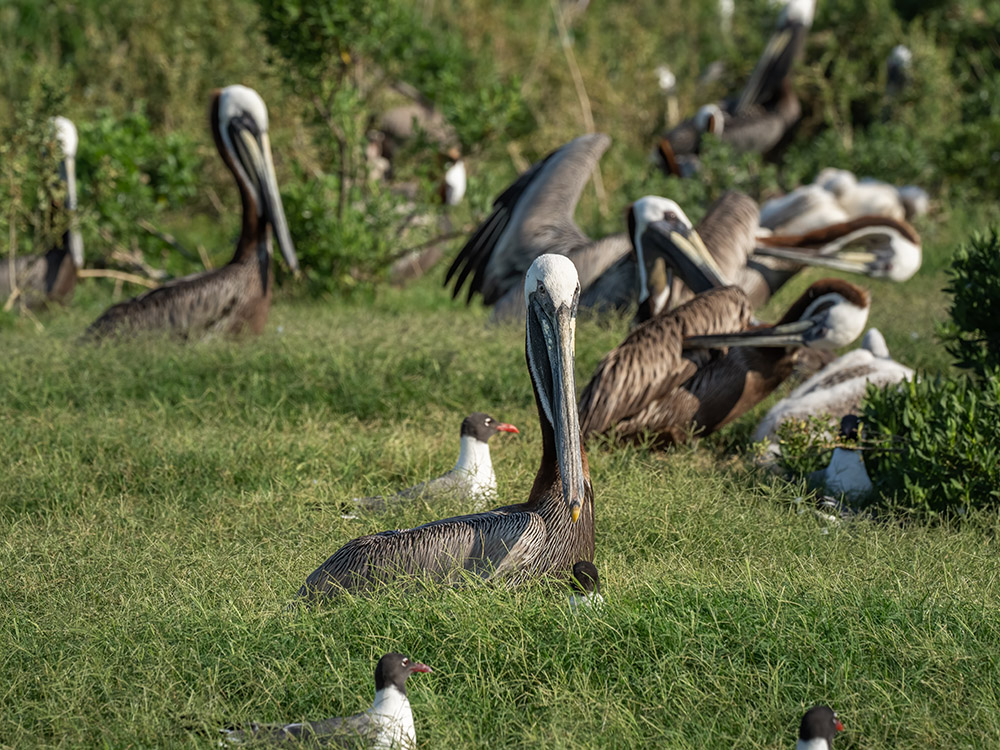
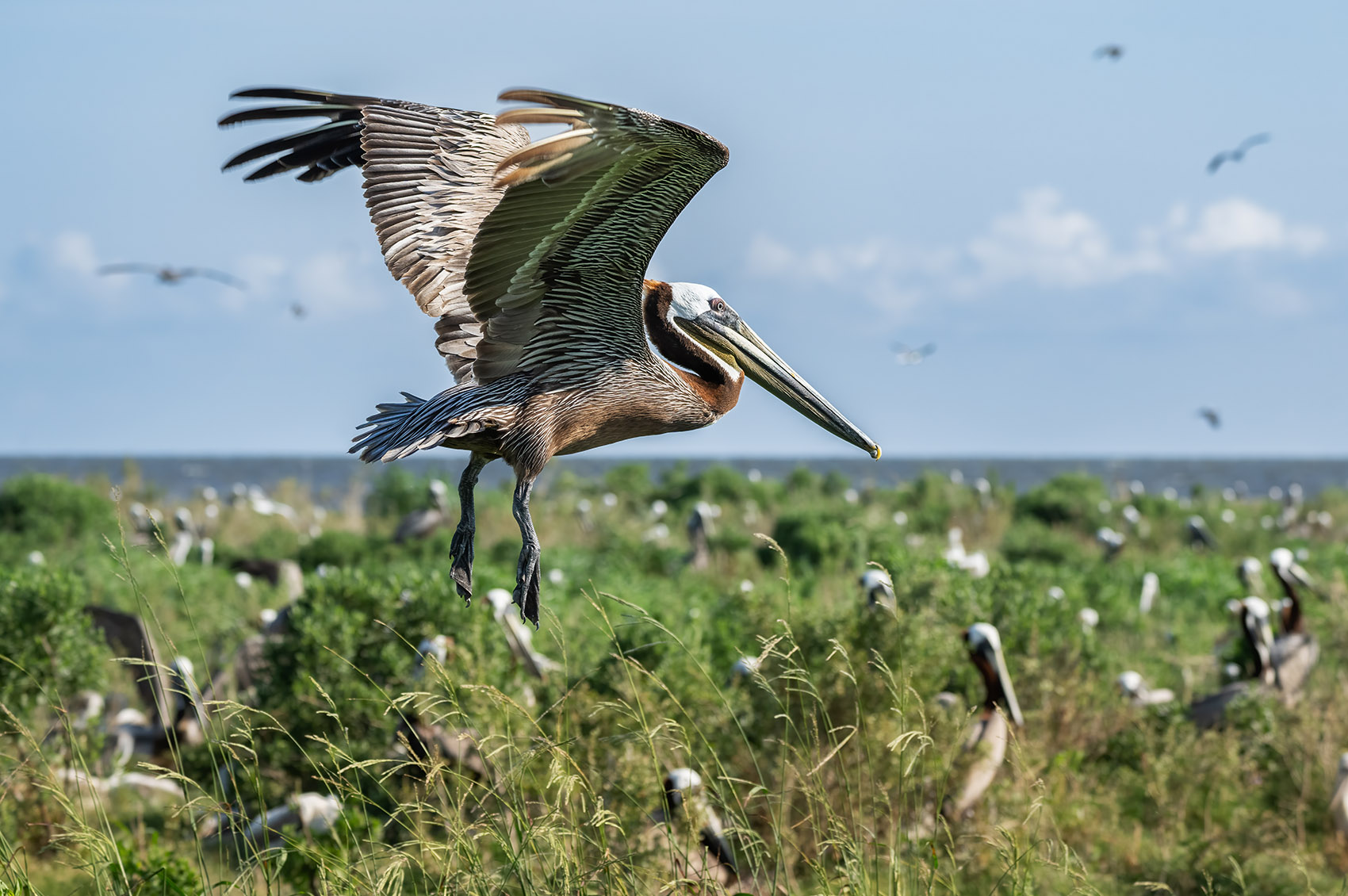
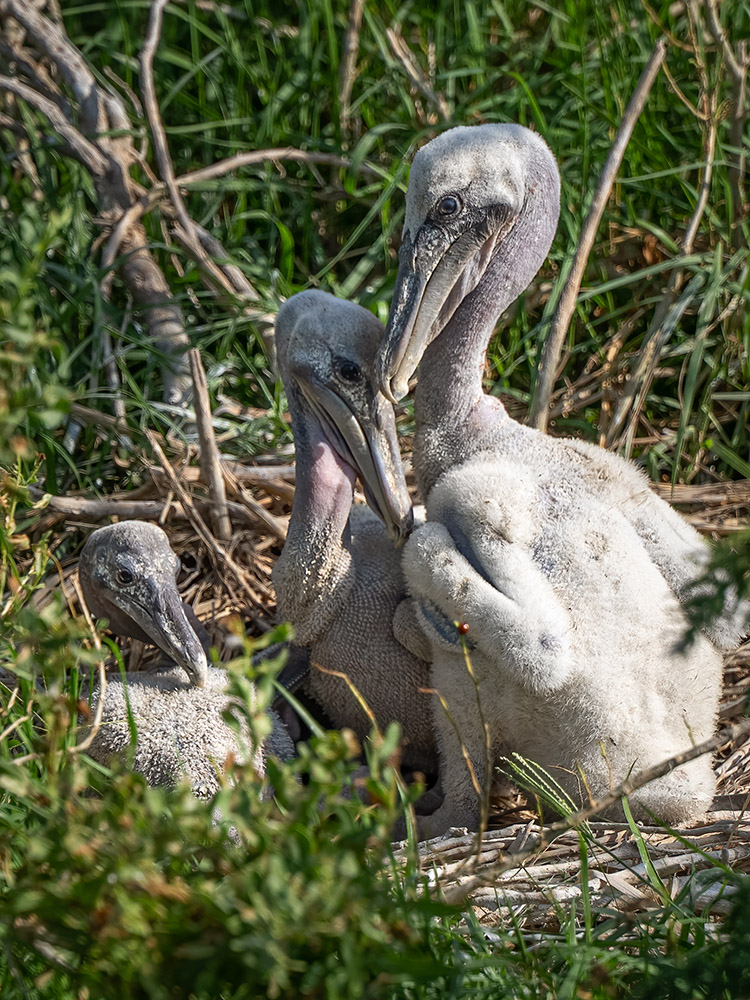
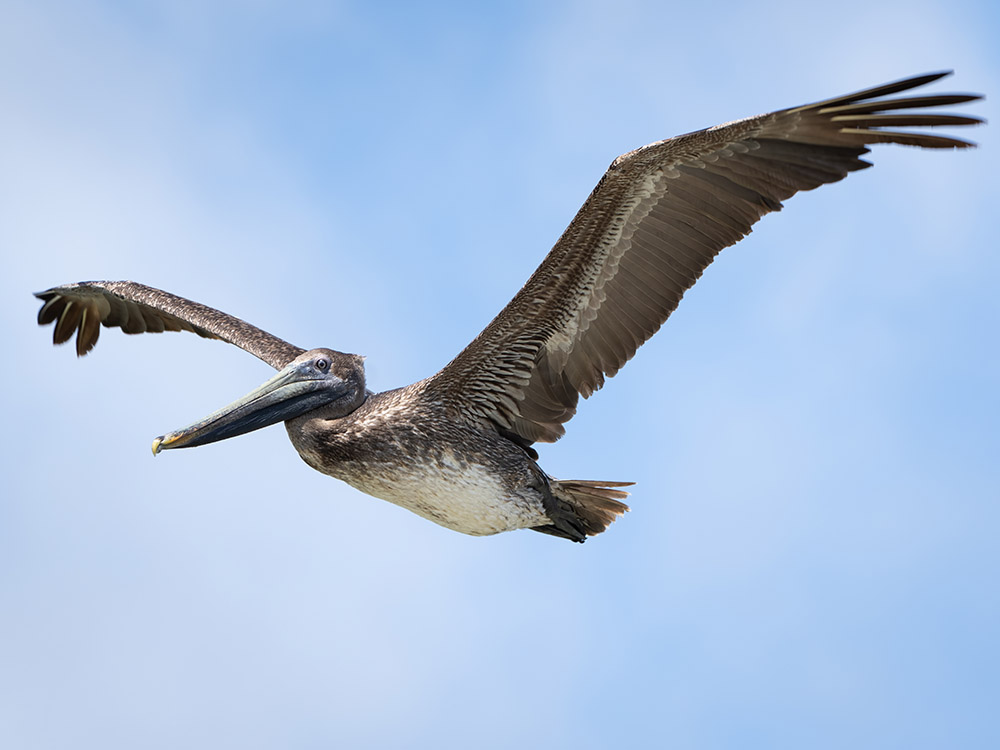
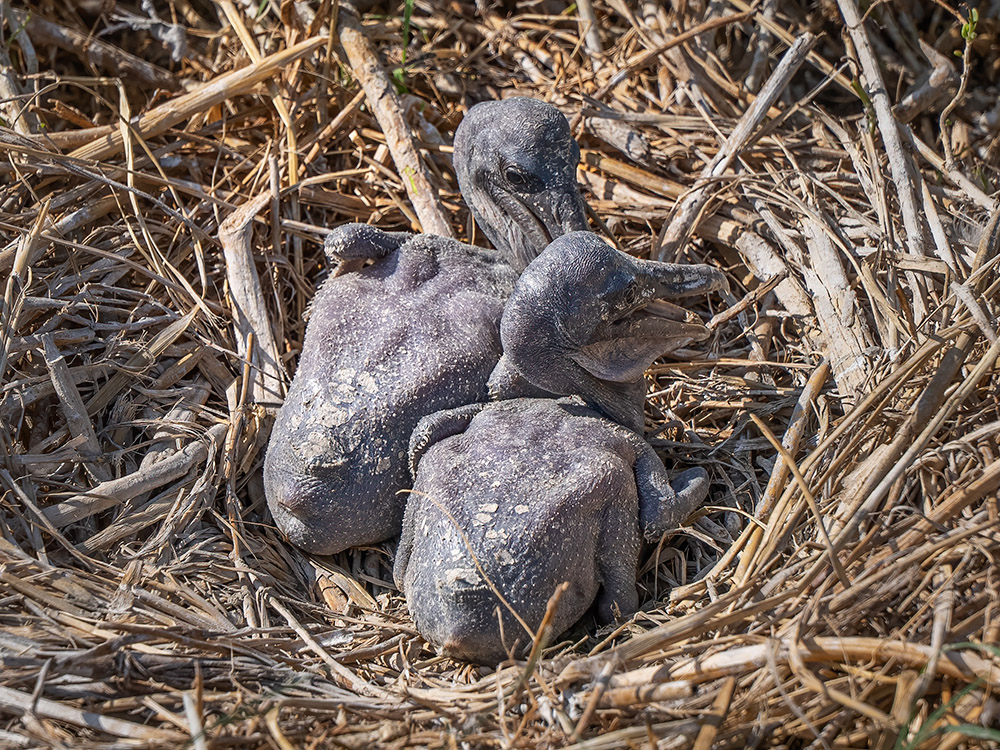
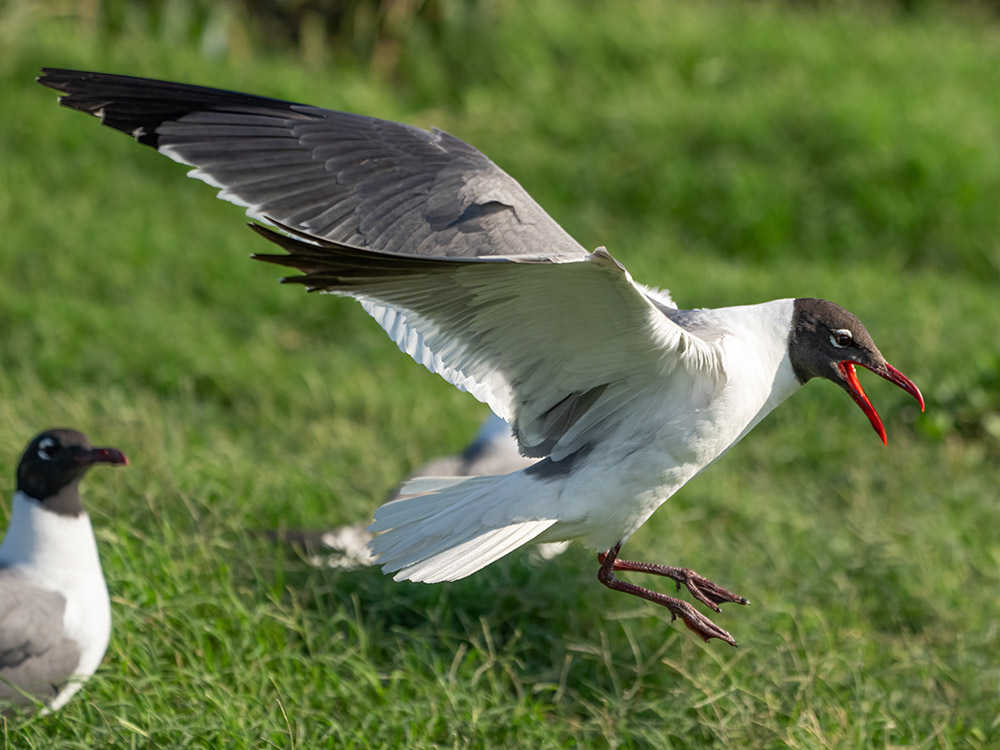
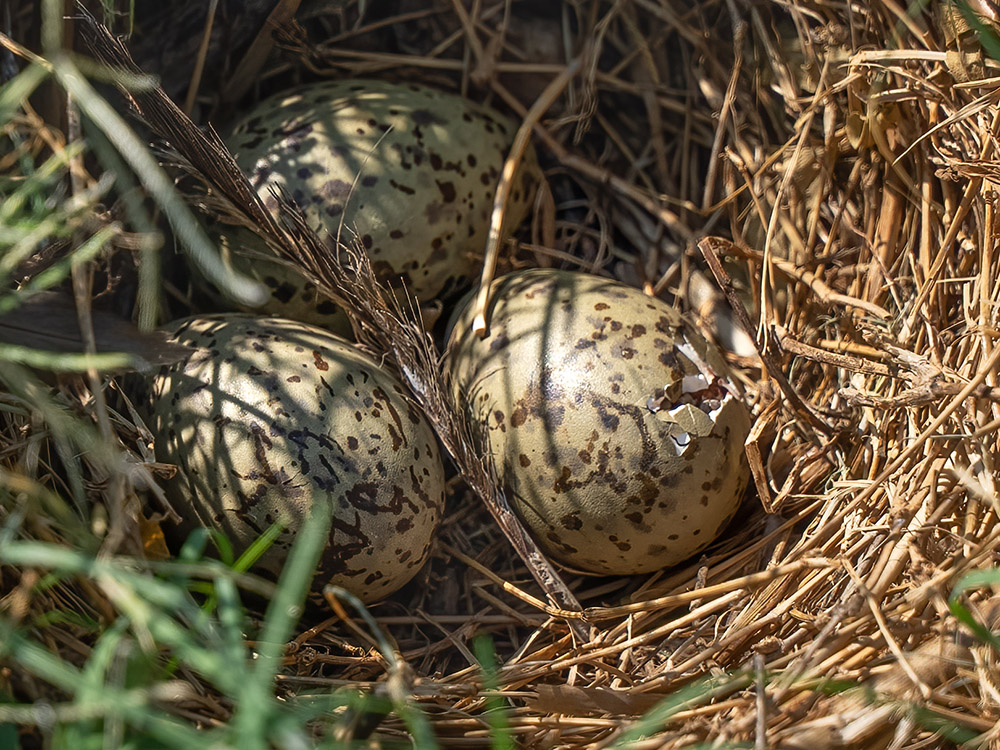
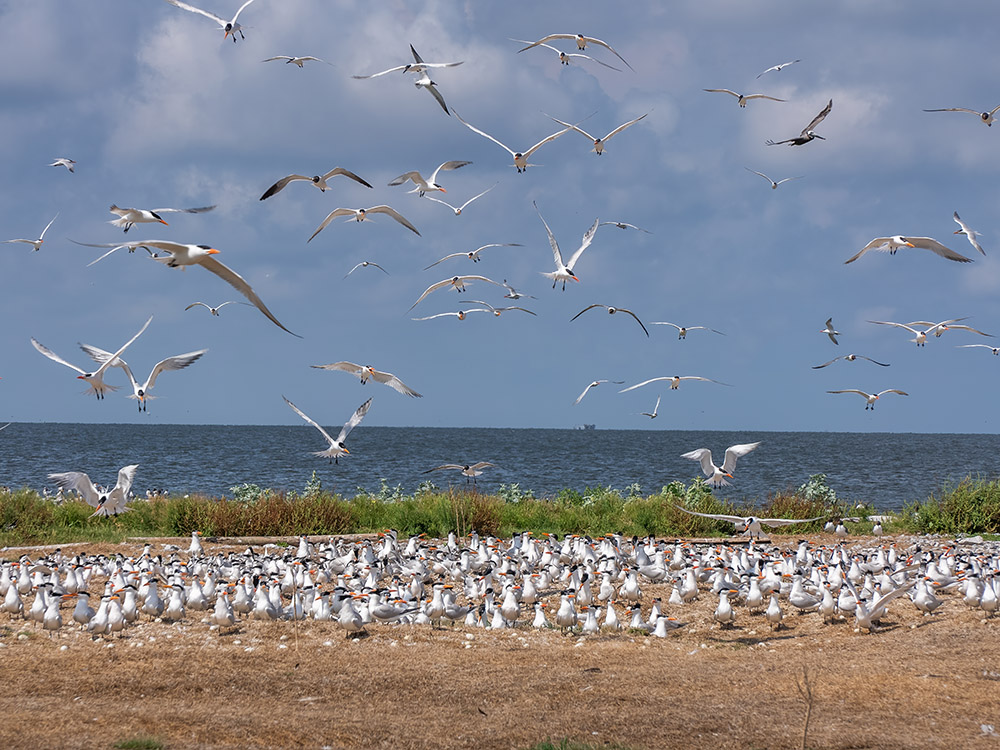
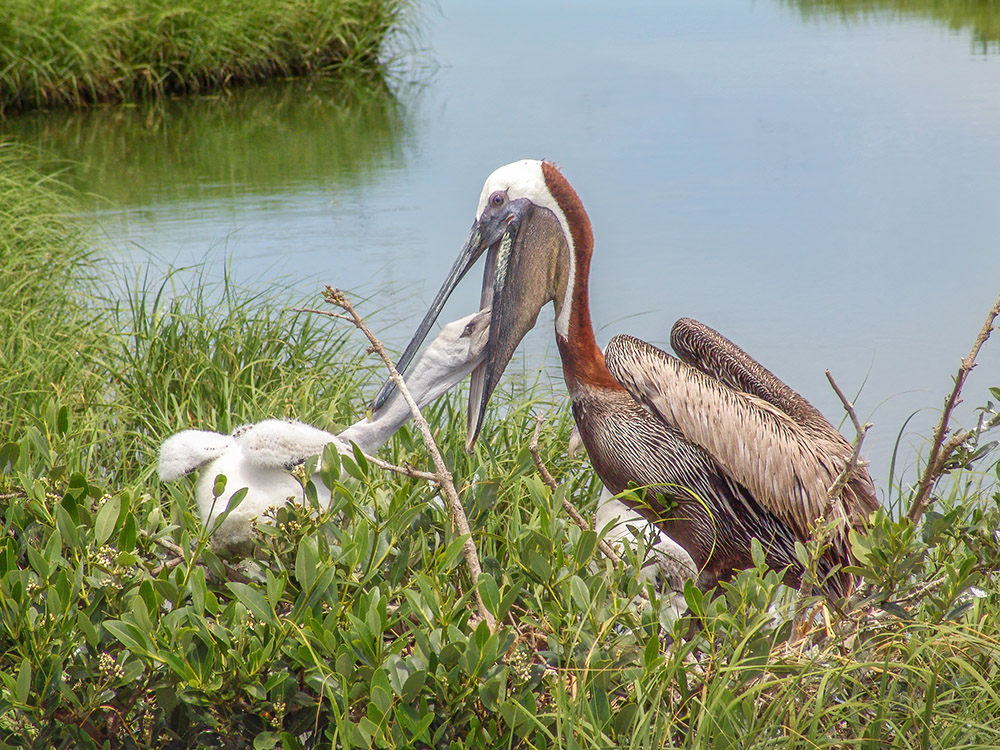
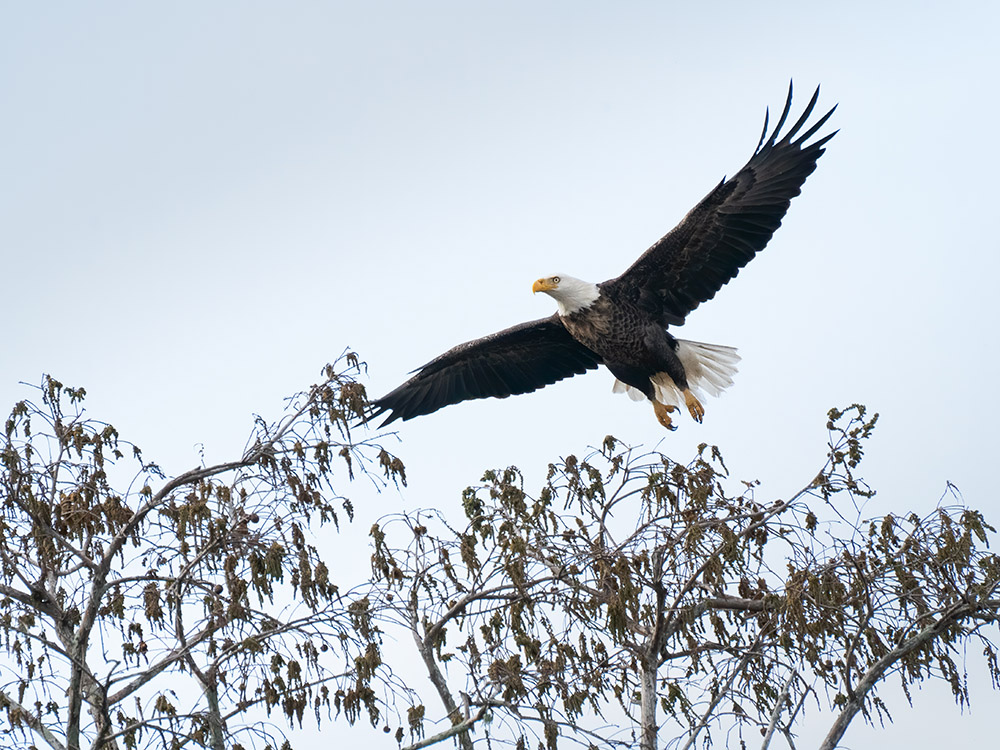
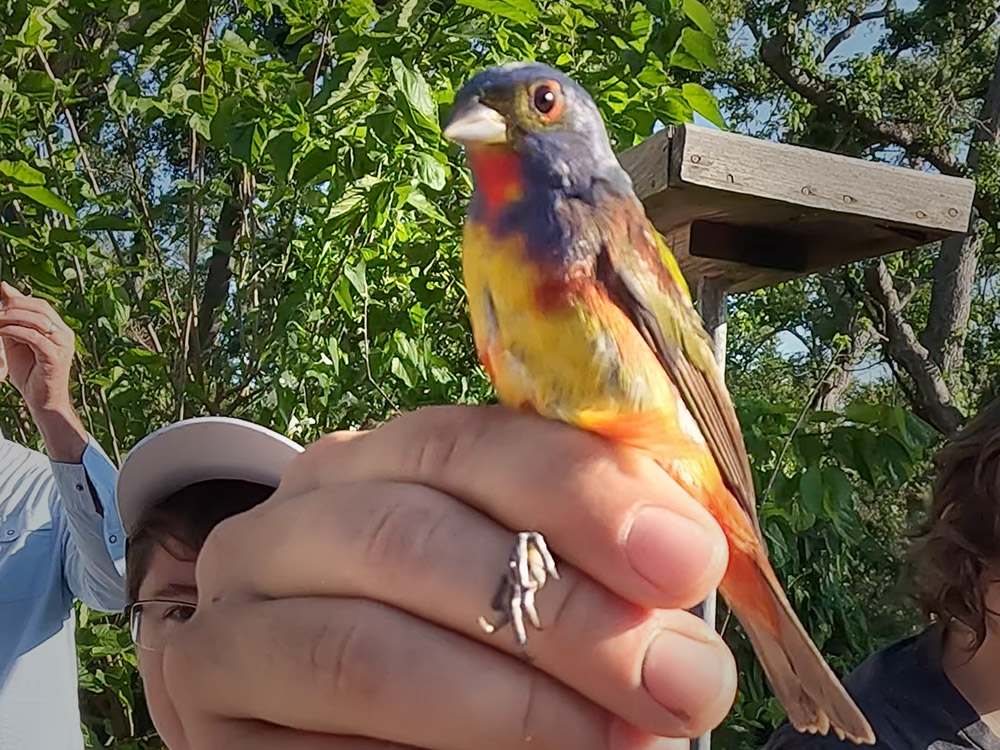
Ronald Sanders
Job well done good to see our state doing something right!
Jean Border
Thank you all who made this possible for us to love.
Cindy dimaggio
So wonderful to see this